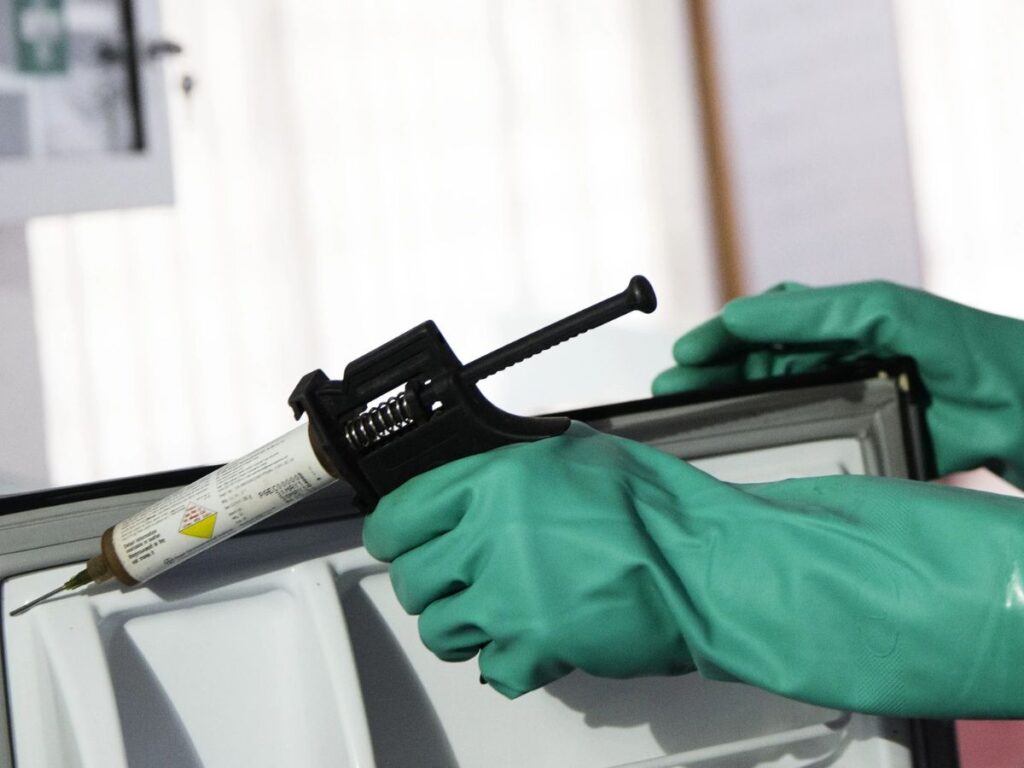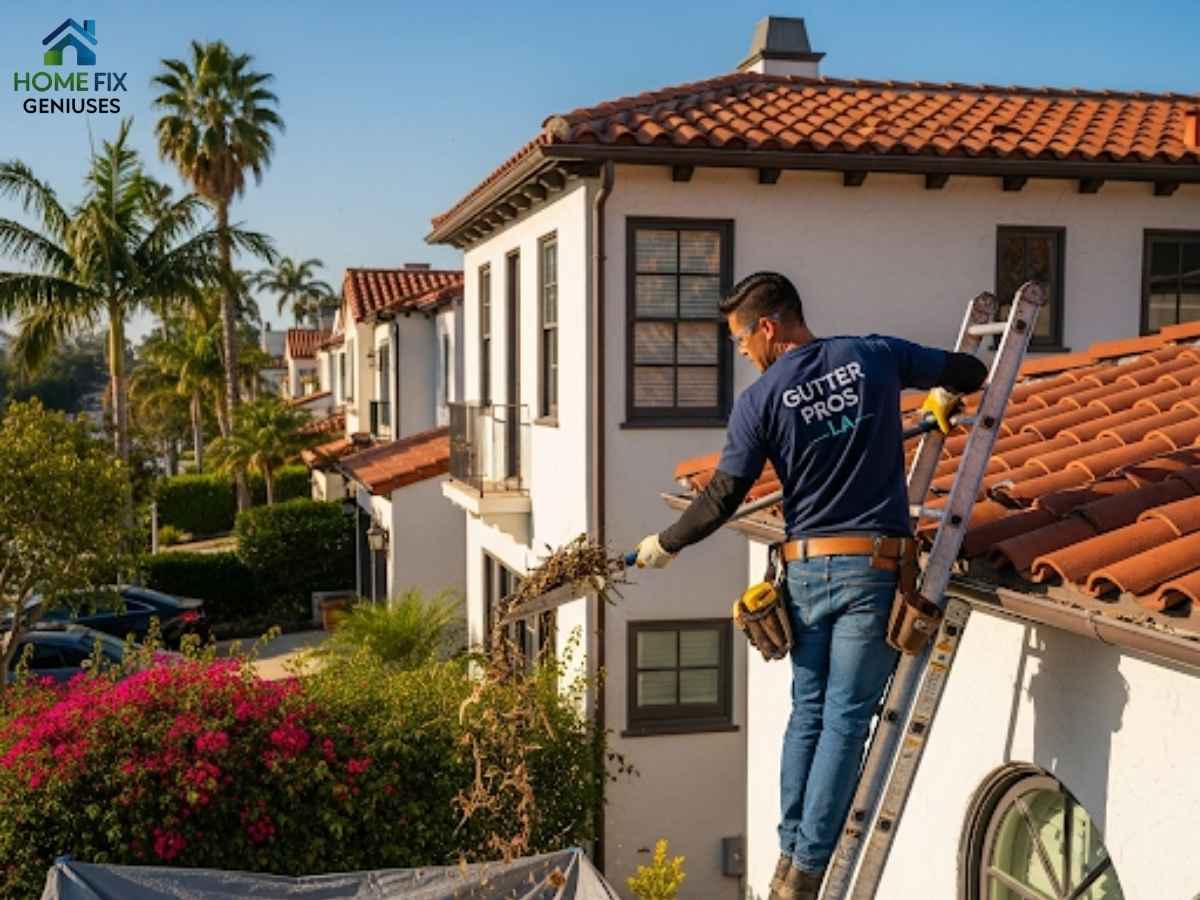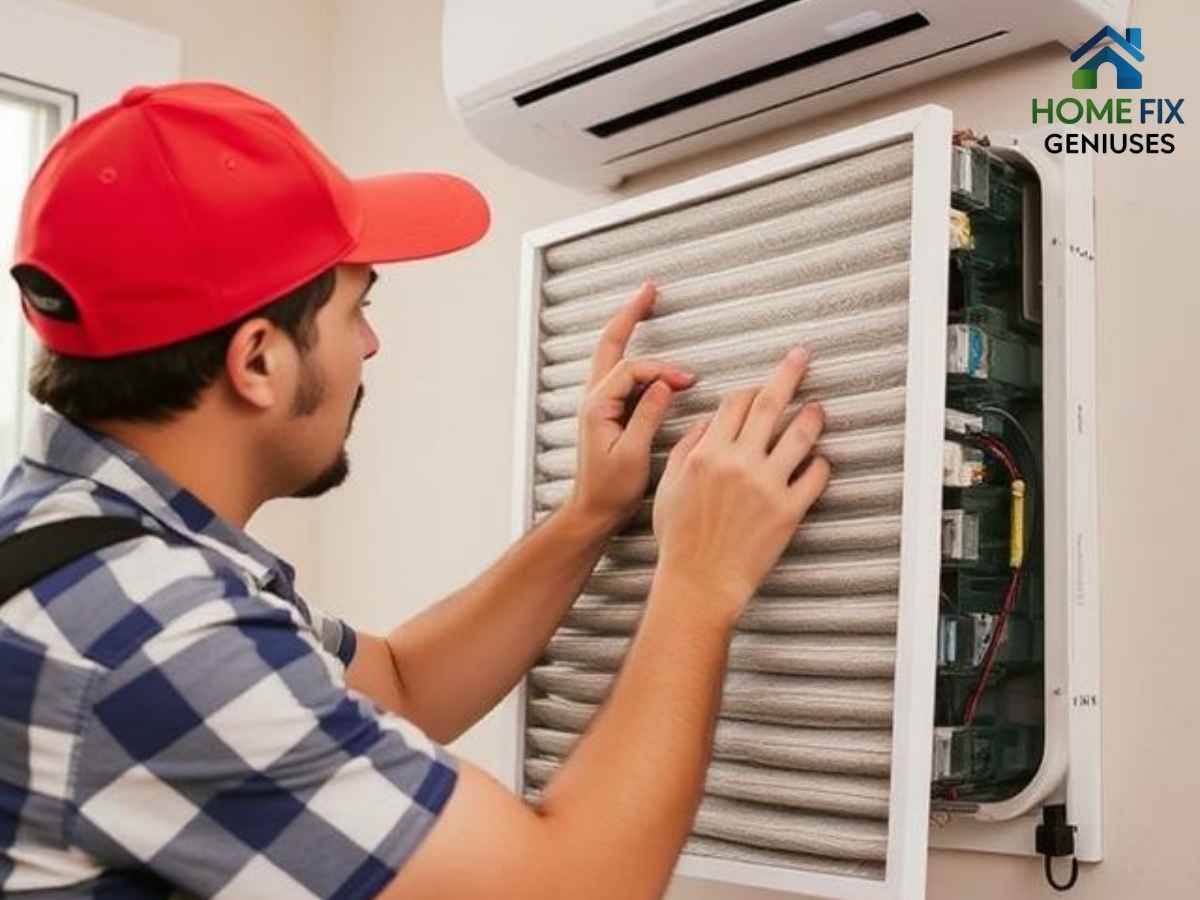Walking into your favorite taquería in Boyle Heights (ZIP 90033) only to spot a roach scuttling along a tortilla press shatters trust instantly. In a city where Michelin-starred eateries in Downtown (ZIP 90014) share blocks with family-owned diners in Lincoln Heights (ZIP 90031), commercial pest management Los Angeles restaurant cockroach control isn’t optional—it’s vital to protect public health, maintain reputation, and comply with health codes.
Los Angeles County restaurants endure year-round warm temperatures—from average highs of 77°F to lows of 58°F—and humidity levels around 60%, creating perfect breeding grounds for German cockroaches. Cracks beneath walk-in coolers in Koreatown (ZIP 90005), grease-laden floor drains in Westlake (ZIP 90026), and cluttered stockrooms in Mid-City (ZIP 90019) attract these resilient pests. Without swift, professional intervention, infestations spread rapidly—females produce up to 40 eggs in a single ootheca, and populations can double in three months.
In this guide, we’ll explore hyper-local tactics for restaurant cockroach control in Los Angeles, weaving in real case studies, neighborhood examples, and expert insights—from Hollywood to San Pedro. We’ll spotlight the top three commercial pest management companies, share regulatory resources, and arm you with practical prevention tips to keep your kitchen spotless and guests happy.
Understanding the Cockroach Threat in LA Restaurants
Cockroaches carry pathogens like Salmonella and E. coli on their legs and bodies, contaminating prep surfaces, utensils, and food storage areas. They trigger asthma attacks—especially in children—and violate California Retail Food Code sections 114259 and 114259.1, risking fines up to $2,500 per violation. For health inspectors from the Los Angeles County Department of Public Health, any sign of live or dead cockroaches during an inspection in restaurants from Hollywood Hills (ZIP 90046) to Wilmington (ZIP 90744) can lead to immediate closure.
Local health data shows that non-compliance is most common in older buildings—like turn-of-the-century bungalows converted into eateries in Silver Lake (ZIP 90039) and historic brick structures in the Arts District (ZIP 90013). These properties often have outdated plumbing, poor ventilation, and hidden voids—prime hiding spots for German, American, and Oriental cockroaches.
A Hyper-Local Inspection and Assessment Approach
Effective control starts with a meticulous inspection tailored to each neighborhood’s unique building characteristics. Certified technicians use:
- Endoscopic cameras to probe voids behind 1920s-era walls in West Adams (ZIP 90016).
- Glue boards and pheromone-baited traps placed along baseboards near fryer stations in Boyle Heights taco shops.
- Moisture meters around leaking pipes beneath Chinatown’s (ZIP 90012) dim sum carts.
Within hours, technicians map roach activity hotspots—typically behind reach-in refrigerators in Koreatown diners (ZIP 90005), under mop sinks in Venice beachside cafés (ZIP 90291), and around dumpsters in Echo Park gastropubs (ZIP 90026). This data informs a targeted treatment plan, ensuring baits and insect growth regulators (IGRs) penetrate nesting sites without contaminating food.
Integrated Cockroach Management Strategies
Los Angeles restaurants demand eco-friendly, food-safe solutions that provide rapid knockdown and long-term suppression. Leading commercial pest management companies combine:
- Baiting Systems: Gel baits containing fipronil or hydramethylnon are applied in cracks and crevices near equipment legs and behind cabinets. Technicians refresh baits monthly—ensuring roaches carry toxins back to hidden colonies.
- Insect Growth Regulators: IGRs disrupt molting cycles, preventing nymphs from reaching adulthood. In a Chinatown dim sum kitchen, IGR dust was applied around floor drains and in ceiling voids to interrupt rapid 30-day maturation.
- Sanitation Audits: Specialists train staff in proper waste management—like using sealed bins in Little Tokyo (ZIP 90012) and scheduling deep-cleaning of fryers in Westwood (ZIP 90024) every 72 hours. Clean kitchens deter roaches from feeding and nesting.
- Structural Exclusion: Sealing gaps around utility conduits, door sweeps beneath service entries in Koreatown, and replacing damaged tile grout in Silver Lake cafés blocks key ingress routes.

Real Case Studies from Distinct LA Neighborhoods
1. Koreatown Quick-Service Chain
A popular bulgogi spot in Koreatown faced repeated cockroach sightings under countertop grills. Technicians implemented a synchronized baiting and IGR regimen, installed high-efficiency LED-trap monitors, and coached the kitchen team on daily drain treatments. Within six weeks, sighting reports dropped to zero, earning the restaurant an “A” grade from public health inspectors.
2. Venice Beach Vegan Bistro
In a beachfront vegan café (ZIP 90291), roaches infested the dumpster area and migrated into the prep station through floor cracks. A combined approach of perimeter spray with botanical insecticide, daily dumpster inspections, and epoxy floor resurfacing sealed entry points. Follow-up visits confirmed full eradication and prevented re-infestation over the summer tourist season.
3. Historic Downtown Gastropub
Operating from a 1905 brick building (ZIP 90013), a gastropub struggled with heavy roach pressure from neighboring coffee shops. Technicians retrofitted the venue with commercial door sweeps, applied dust formulations in attic crawlspaces, and replaced old wooden shelving with stainless steel racks. Customer complaints ceased, and health inspections passed with no violations.
Top 3 Commercial Pest Management Providers in Los Angeles
- RestaurantShield LA
Founded by former city inspectors, they specialize in compliance-focused cockroach control for restaurants across all ZIP codes—from 90002 to 91801. Their proprietary data-driven dashboards track roach activity in real time. Schedule at restaurantshieldla.com. - EcoPro Pest Management
Offering GreenPro certified, food-safe treatments, they cover the San Fernando Valley, Westside, and South Bay. Their monthly subscription plans include regular sanitation audits and staff training. Learn more at ecopropest.com. - Precision Pest Solutions
Known for emergency response within 4 hours, they utilize heat fogging and micro-injection baits in high-risk kitchens—like those in Chinatown, Koreatown, and Westlake. Visit precisionpestla.com for 24/7 support.
Local Resources and Regulatory Links
- Los Angeles County Department of Public Health Food Facility Inspection Reports: https://publichealth.lacounty.gov/eh/ffweb.htm
- City of Los Angeles Code Compliance for food establishments: https://lacode.org/restaurants
- LADWP water conservation and leak-repair rebates—helping reduce moisture attractants: https://www.ladwp.com/savewater
- Internal links: discover our sanitation best practices, explore scheduled maintenance plans, or read client success stories.
Preventive Best Practices for LA Kitchens
- Implement a daily deep-clean protocol for grease traps and floor drains.
- Store dry goods in sealed metal bins elevated 6 inches off the floor.
- Repair plumbing leaks within 48 hours to eliminate moisture hotspots.
- Seal wall-floor joints with food-grade caulk in older buildings.
People Also Ask: Can cockroaches survive in cold storage?
They can withstand low temperatures briefly but thrive near warm equipment—so cold rooms still require monitoring and bait placement.
Frequently Asked Questions
What is the average cost for commercial cockroach control in Los Angeles restaurants?
Monthly service plans range $150–$350 per month, depending on facility size and infestation level. Emergency treatments start at $500.
How quickly can a pest management team respond in Downtown LA?
Most providers guarantee on-site arrival within 4–6 hours for emergency calls made before 5 PM.
Are the chemicals used safe around food prep areas?
Yes—technicians use EPA-registered, food-safe baits and seal treatments away from direct food contact zones
How can I train my staff to help prevent roach infestations?
Schedule quarterly staff workshops on waste handling, grease management, and hazard spotting—many providers offer in-house training.
Do I need to close my restaurant during treatment?
Most baiting and IGR applications occur after hours; heat fogging may require a 2-hour closure but ensures rapid population knockdown.
From the bustling kitchens of Boyle Heights to the sleek cafes of Westwood, commercial pest management is the backbone of LA’s vibrant restaurant scene. Implement these targeted, hyper-local strategies for lasting restaurant cockroach control, safeguard your patrons, and maintain a spotless reputation. Act now—schedule your inspection today and keep your restaurant roach-free.


